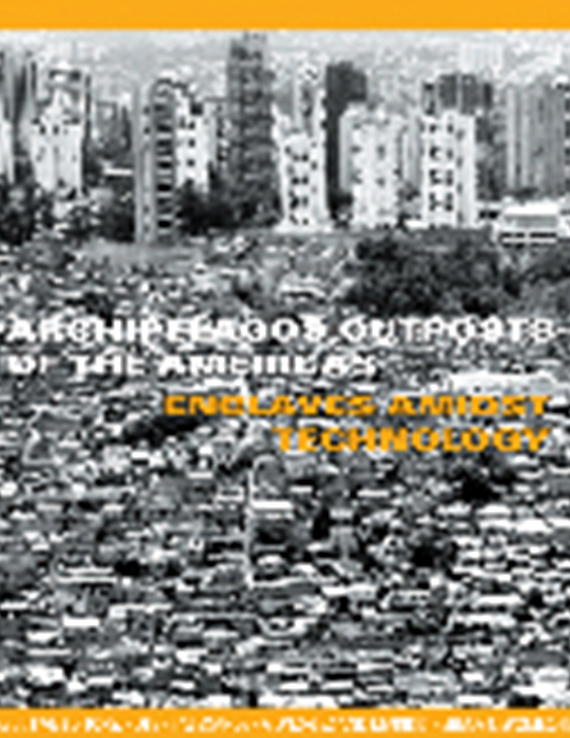Author(s): Brian D. Andrews
This study represents independent research sponsored by the Georgia Institute of Technology Center for Quality Growth and Regional Development, and most recently, the NEA. Additionally, this research might be considered related to Alternative Land Use Futures: Metropolitan Atlanta 2025 (CQGRD), the study of how to accommodate Atlanta’s projected 1.1 million person population increase over the next 25 years, which identified three possible models to contain growth: environmental protection, transportation corridors and activity centers. Our study has relevance to all three models, but is most likely an example of how an existing transportation corridor might be transformed. Our multidisciplinary team is working to develop an analytical framework and design alternatives which act to allay the gap between the automobile and the pedestrian in strip developments. Our chosen study area is Buford Highway, Atlanta, Georgia, the most ethnically diverse corridor in the city and home to Atlanta’s Asian and Hispanic population. The highway is unique, with its own special demographics and characteristics, yet is representative of the major urban problems of many contemporary cities: ubiquitous strip developments that are single use, low density and auto oriented. Our research begins with an assumed link between public health and the built environment. Many recent studies conclude that low-density auto-oriented development results in surroundings that adversely affect public health. Characteristics include poor vehicular/pedestrian circulation systems, excess surface parking, low building density and inadequate mass transit. Health is affected at the scales of the individual, the neighborhood social unit and the larger ecological system. While there is significant writing on the subject, there are few examples of exactly how to implement change. Greyfield sites are strategically chosen in order to force speculation on the relationship between architectural projects, public policy and community design. Our hypothesis is that in Greyfield redevelopments revised relationships between interconnectivity, parking requirements, mixed use-density and public transportation are needed to produce healthier environments. In Greyfield redevelopments, master plans are of limited use due to the complexity of existing property ownership. We are exploring an urbanism of increments.We believe that the topics listed in the preceding paragraph, relating environment to health, are required to answer the thesis question of how a pedestrian network can be realized in an environment originally conceived without one. The selection of Buford Highway as the base case area for investigation was prompted by two additional observations. First, the population around Buford Highway, like the general population of Atlanta, continues to increase. Second, Buford Highway is an area of high pedestrian fatalities. This high fatality rate is potentially due to the fact that Buford Highway was originally designed as an automobile corridor with essentially no pedestrian infrastructure. Consider for example, that up to 12% of the Buford Highway corridor inhabitants do not own a car and that within our 8 linear mile study area there are no sidewalks.A set of applied analytical tools for approaching and retrofitting the generic suburban strip to accommodate new growth in an urbanizing context are needed. These tools take architecture, planning, engineering, safety, and public policy into consideration to develop prototypical models that can be applied. Buford Highway exhibits many conditions that are universally applicable to corridors around the United States, particularly in suburban Sunbelt contexts. The Buford Highway corridor is viewed locally as an example of prototypical suburban design, so some results of this study should have universal applicability.
Volume Editors
Marilys R. Nepomechie & Robert Gonzalez
ISBN
0-935502-54-8

 Study Architecture
Study Architecture  ProPEL
ProPEL 
